Dr. Jaime Seeman works with women every day. As a board-certified OB-GYN, she’s caring for patients in her practice. On social media, as Dr. Fit and Fabulous, she’s a strong advocate for women’s health, urging women to lift weights, eat well, and prioritize themselves.
It all sounds simple enough … until life gets in the way.
“We’re moms and wives. We like to give to others,” Dr. Seeman says. “And that is so amazing. But if your pitcher is empty, you can’t be filling other people’s cups.”
It’s that constant juggling act — work, caregiving, relationships, and the pressure to be everything to everyone — that drains the pitcher. And when it stays empty for too long, it can lead to burnout.
Burnout isn’t just about being tired or stressed. It’s a state of emotional, mental, and physical exhaustion that builds over time. It can often happen without us realizing it.
When you understand how burnout is showing up in your life, especially in ways that uniquely affect women, you can begin to care for yourself in a way that supports real recovery and lasting resilience.

What is burnout?
Burnout might seem like something that is just in your head. Like something you can get over with a day off of work and an extra nap.
But burnout is very much real. The World Health Organization defines burnout as a syndrome that results from chronic workplace stress that has not been successfully managed. It’s characterized by three parts: energy depletion or exhaustion, mental distance or cynicism toward one’s job, and reduced professional performance.
According to the American Psychological Association, 79% of workers reported work-related stress in 2021. Nearly 3 in 5 employees experienced negative impacts, including lack of motivation, emotional exhaustion, and physical fatigue.
But in real life, burnout often shows up beyond the workplace. It often stretches into other areas of life, including home, family, and relationships, until the weight of it all becomes too much.
Why women experience more burnout
Burnout doesn’t discriminate. However, women often face more pressure and from more directions.
“Women face so many challenges, particularly in different decades of our life,” Dr. Seeman says. “The challenges I faced in my 20s are much different than now, approaching 40.”
And that pressure adds up. According to a survey by the American Medical Association, nearly 55% of women report feeling burnout, compared to 42% of men.
It’s not just work or family; it’s both. And it’s how they overlap in ways that can be hard to separate. It’s also how you measure your own success. Are you doing enough at home? Are you advancing at work? Are you staying on top of it all? Whether those expectations are real or self-imposed, they can push you to keep going even when you’re running on empty.
Signs of burnout in women
Burnout is often described in three dimensions: emotional, mental, and physical. But just as the numbers differ between men and women, so do the symptoms and how they show up in everyday life.
Research suggests that women are more likely to feel emotionally exhausted, even if they’re getting enough sleep. Men, on the other hand, are more prone to something called depersonalization — feeling disconnected or detached from work or relationships.
But for women, the signs can be easier to overlook. It might feel like you’re just busy. Maybe it’s been a long week. You tell yourself things will get better after the next deadline or when the kids' schedules calm down. But left unaddressed, burnout can spiral into something more serious, including depression, chronic health issues, or a prolonged sense of emotional depletion.
If you think you might be experiencing burnout — or if you’re simply curious about what it looks like — there are signs to look for in women.
Emotional signs
You might feel drained no matter how much rest you get. Anxiety, irritability, or racing thoughts can creep in, and at times, you might feel emotionally numb or detached.
Mental signs
Burnout can show up as a lack of motivation, difficulty concentrating, or constant negative self-talk that leaves you feeling stuck and unsure of yourself.
Physical signs
You might notice headaches, body aches, changes in appetite, or persistent fatigue that sleep doesn’t seem to fix. You might also struggle to fall asleep or stay asleep, even when you’re exhausted.
How women can manage burnout
Burnout is real, and it’s showing up in more women’s lives than ever before. If you’re feeling exhausted, disconnected, or like you’re running on empty, know this: you’re not alone, and it doesn’t have to stay this way.
The first step is recognizing what you’re feeling for what it is. It is your body and mind asking for a reset. You need to replenish your energy, emotionally and physically. As Dr. Seeman would say, you need to fill your pitcher. Following steps that help you do that is the first move toward feeling like yourself again.
Meet yourself where you’re at
Burnout happens in stages, and it's important to identify where you are in the process. Are you just starting to feel drained, or are you fully disconnected from everything that used to bring you joy?
Identify stressors and patterns
What’s actually draining you? Sometimes it's the job. Sometimes it's the mental load of being the primary parent. Or, maybe, you have become a caregiver for an ailing parent. And sometimes, it’s the pressure we put on ourselves to always be “on.”
Start journaling or tracking your day to spot recurring stressors. The goal is not to eliminate every stressor (because that’s impossible), but to manage your energy better.
Change the patterns that deplete you
Burnout doesn’t happen overnight, and recovery won’t either. But small changes can make a big impact.
Start saying “no” to commitments that drain you. Adjust your expectations. Set boundaries. Take real breaks — not just five minutes scrolling on your phone. And try to replace habits that burn you out with ones that refuel you.
Build new, healthier patterns
Wellness isn’t just bubble baths and green juice. It’s about building systems that support your physical and mental health.
In her book “Hard to Kill,” Dr. Seeman outlines her five pillars of health: nutrition, exercise, sleep, environment, and mindset.
“Doing hard things like cold therapy and exercise build mental resilience,” Dr. Seeman says. “You show yourself what you're capable of, even when it’s uncomfortable.”
Getting into a Chilly GOAT Cold Tub might seem like the definition of uncomfortable. However, cold water immersion has been shown to reduce inflammation, improve sleep, and support recovery.
“These days,” she says, “I’m recovering from life — from long hours and being a mom. I just have to take care of my body because it doesn’t bounce back like it did in my 20s.”
Prioritizing recovery, along with moving your body and getting enough rest, sends a powerful message to yourself: I matter. And that shift in perspective can be powerful when you are trying to overcome burnout.
Ask for help
This is often the hardest part, especially for women who feel like they need to keep it all together. But asking for help doesn’t make you weak. It means you’re strong enough to protect your well-being.
Talk to a therapist. Open up to a friend. Advocate for better boundaries at work. You don’t have to do this alone.

Burnout recovery is about long-term resiliency
Burnout recovery is not about checking out. It’s about checking in with yourself, your needs, and what truly matters.
“True self-love comes from the inside. When you start working on yourself — the way you eat, sleep, move, think — you start showing up differently,” Dr. Seeman says. “And everything around you starts to shift.”
Cold therapy, like the Chilly GOAT Cold Tub, is just one way to reconnect with your body, reset your nervous system, and rebuild your resilience. It’s not a magic fix, but it’s part of a bigger toolbox for women who are ready to reclaim their energy and well-being.

Choosing the Best Cold Tub
Do you want to enjoy the benefits of cold water therapy? Having a Michael Phelps Chilly GOAT Cold Tub by Master Spas allows you to take control of your wellness and recovery. Enjoy clean, clear, cold water on demand. Click here to find out more about the benefits of incorporating a Michael Phelps Chilly GOAT cold tub into your routine. Start your journey today!
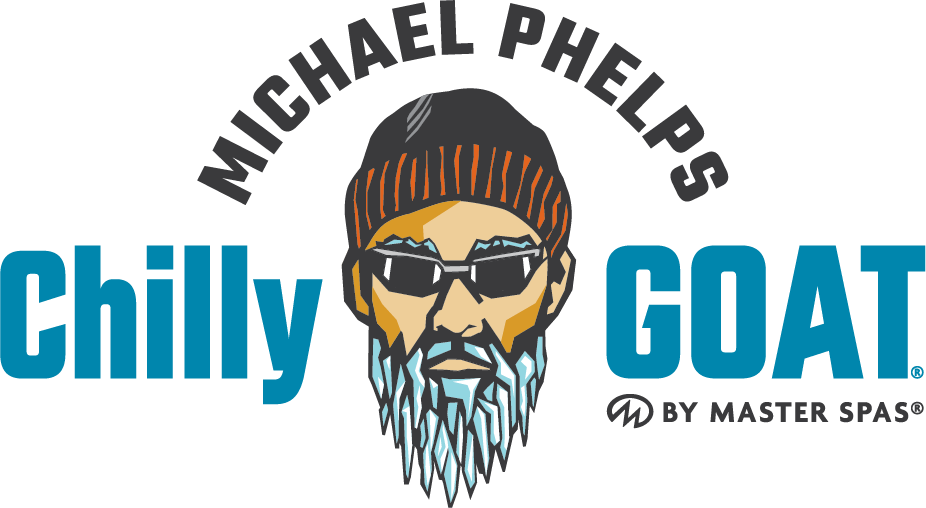
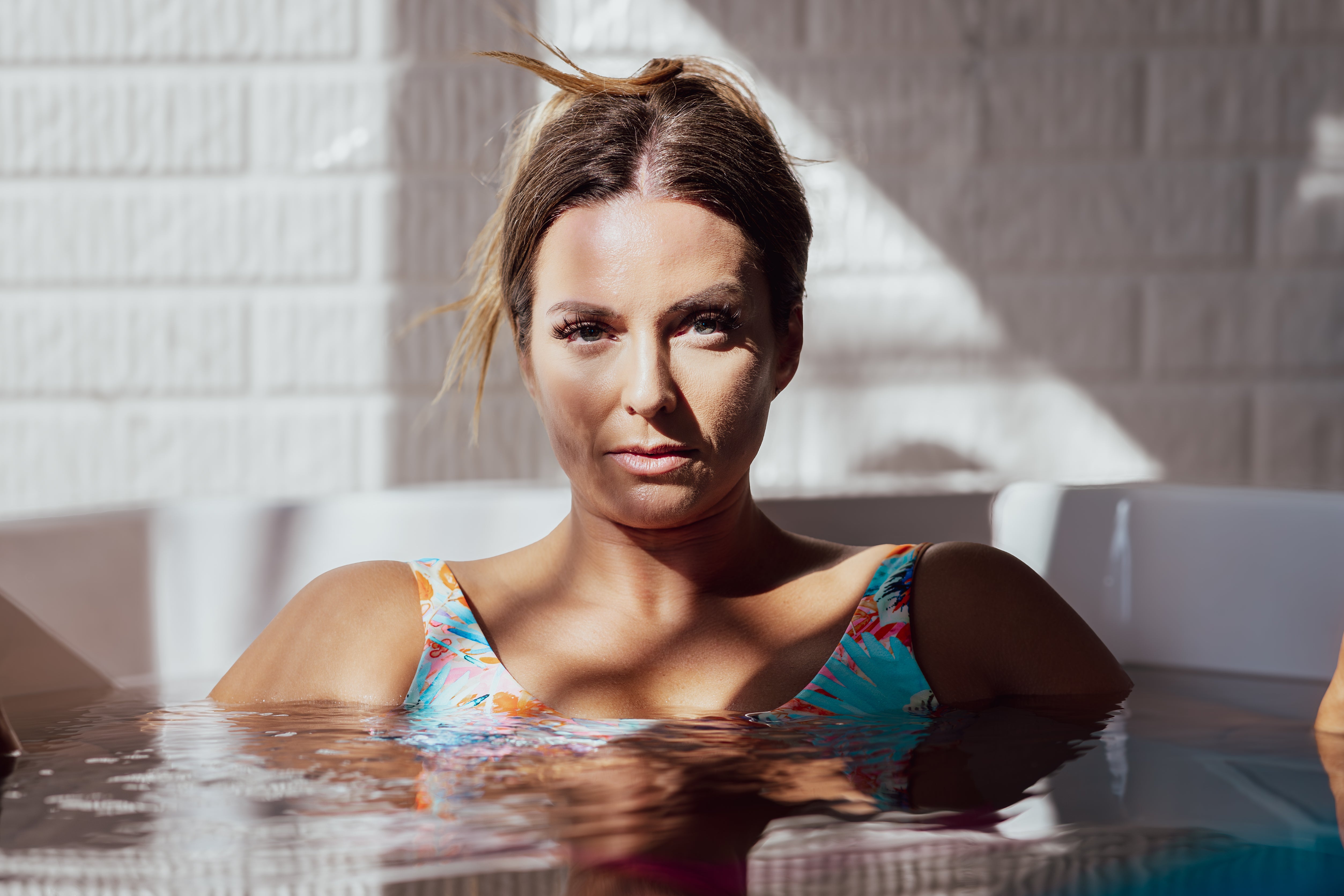
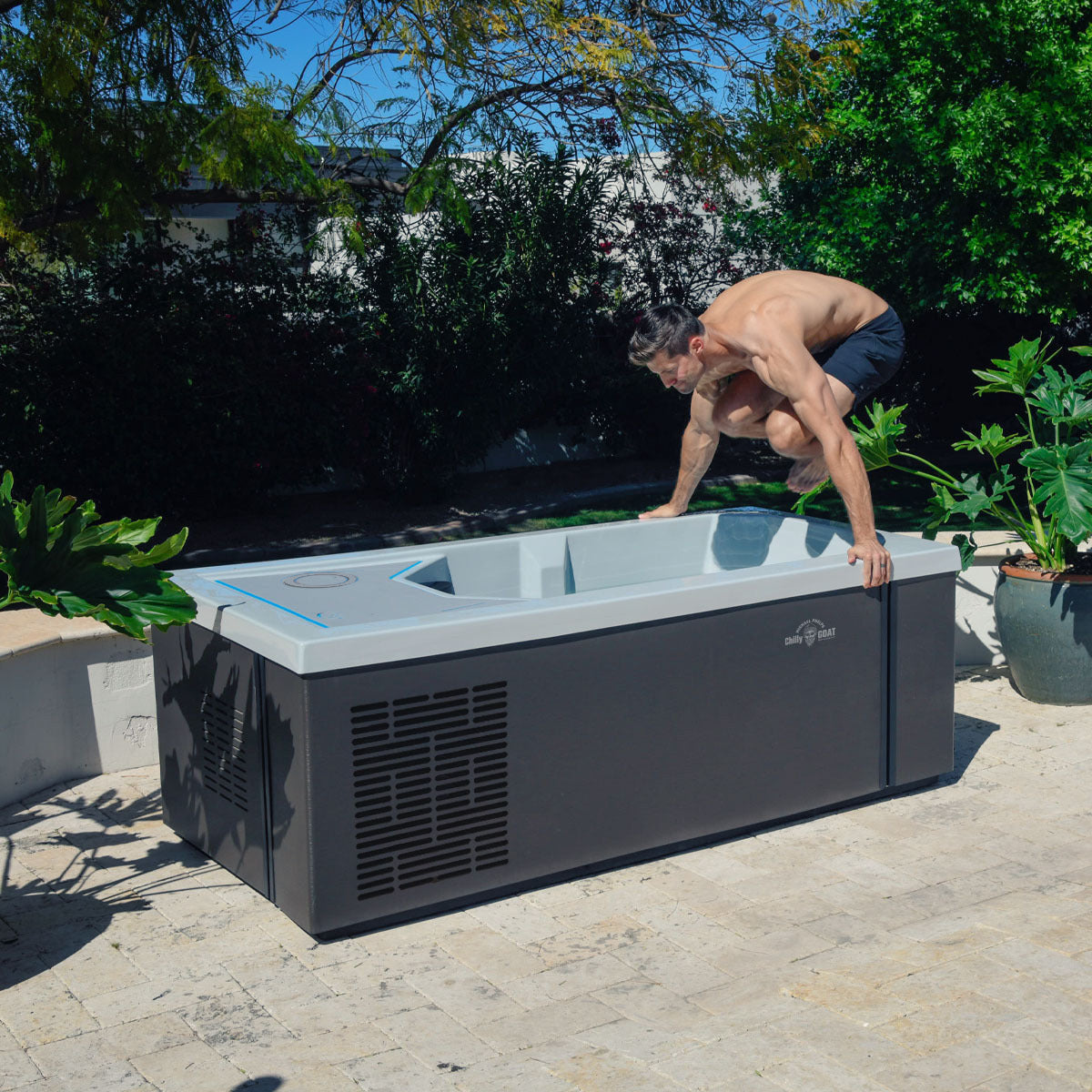
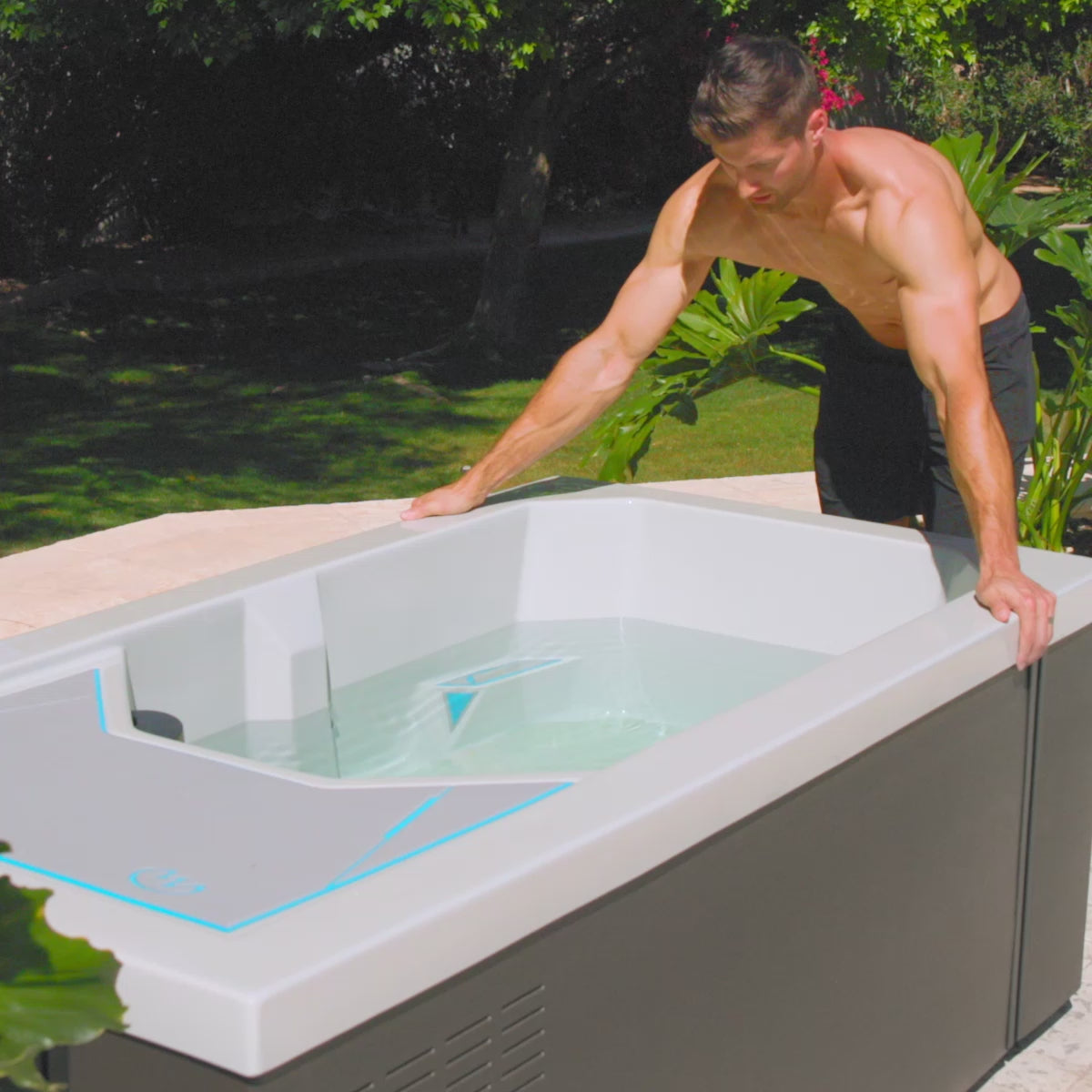
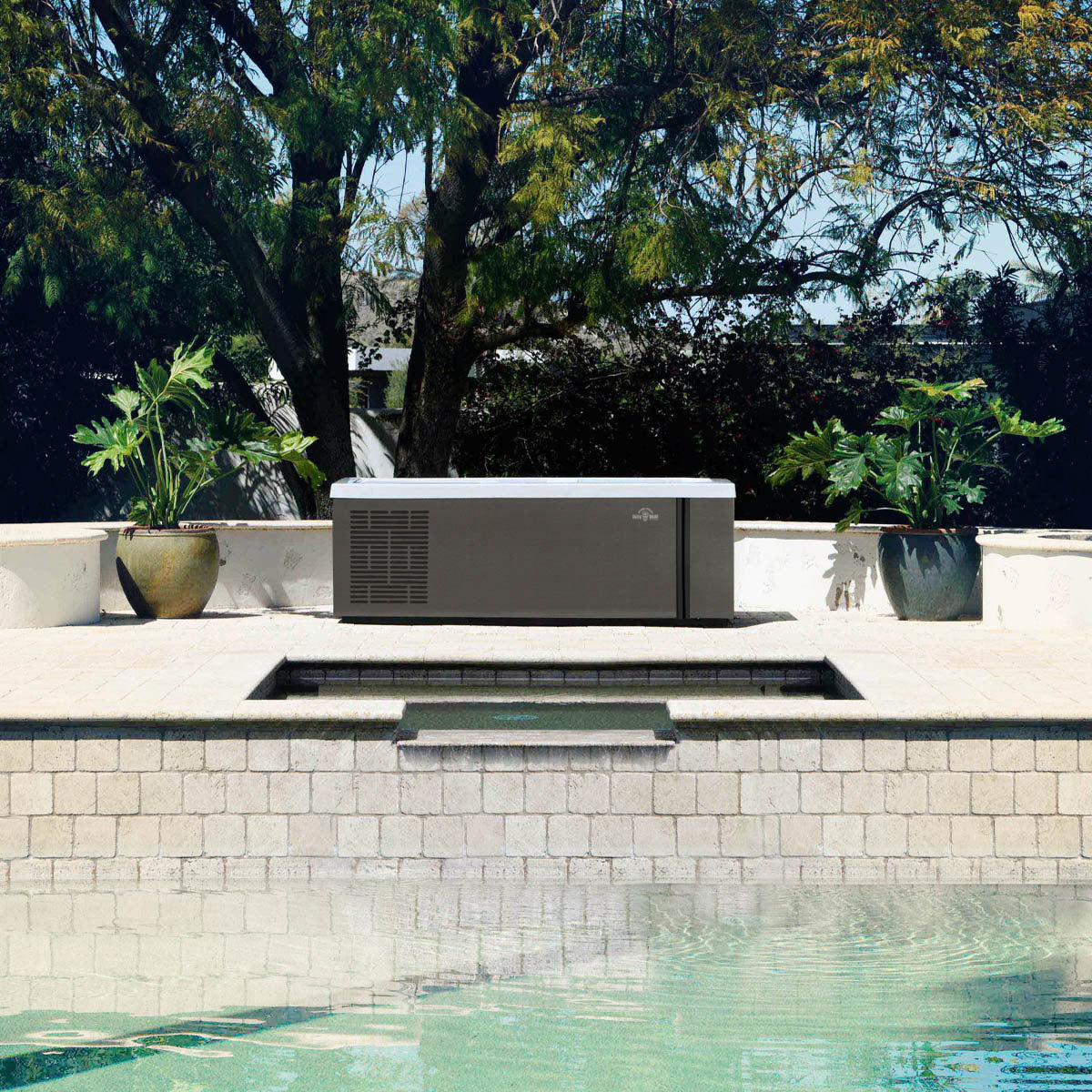
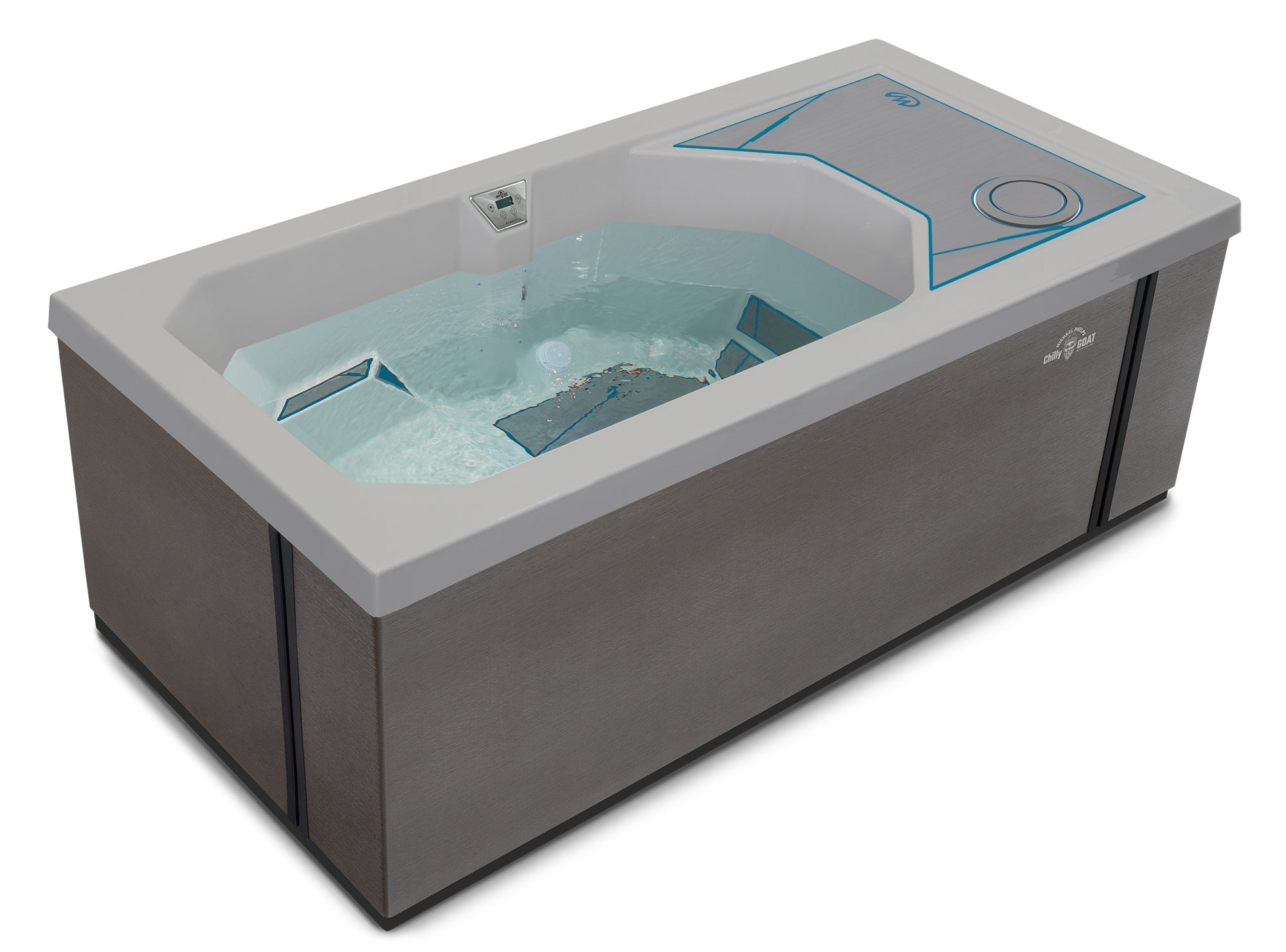
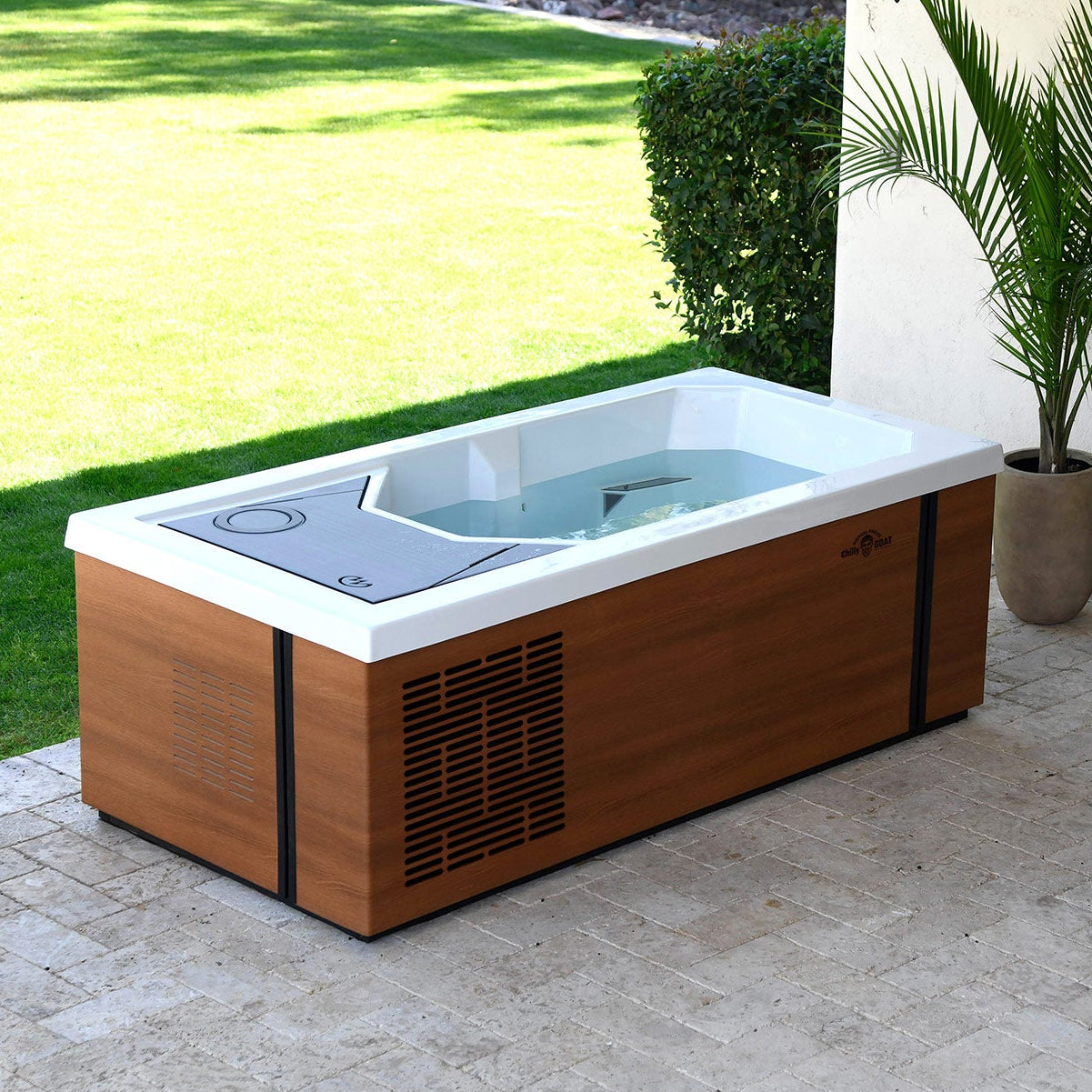
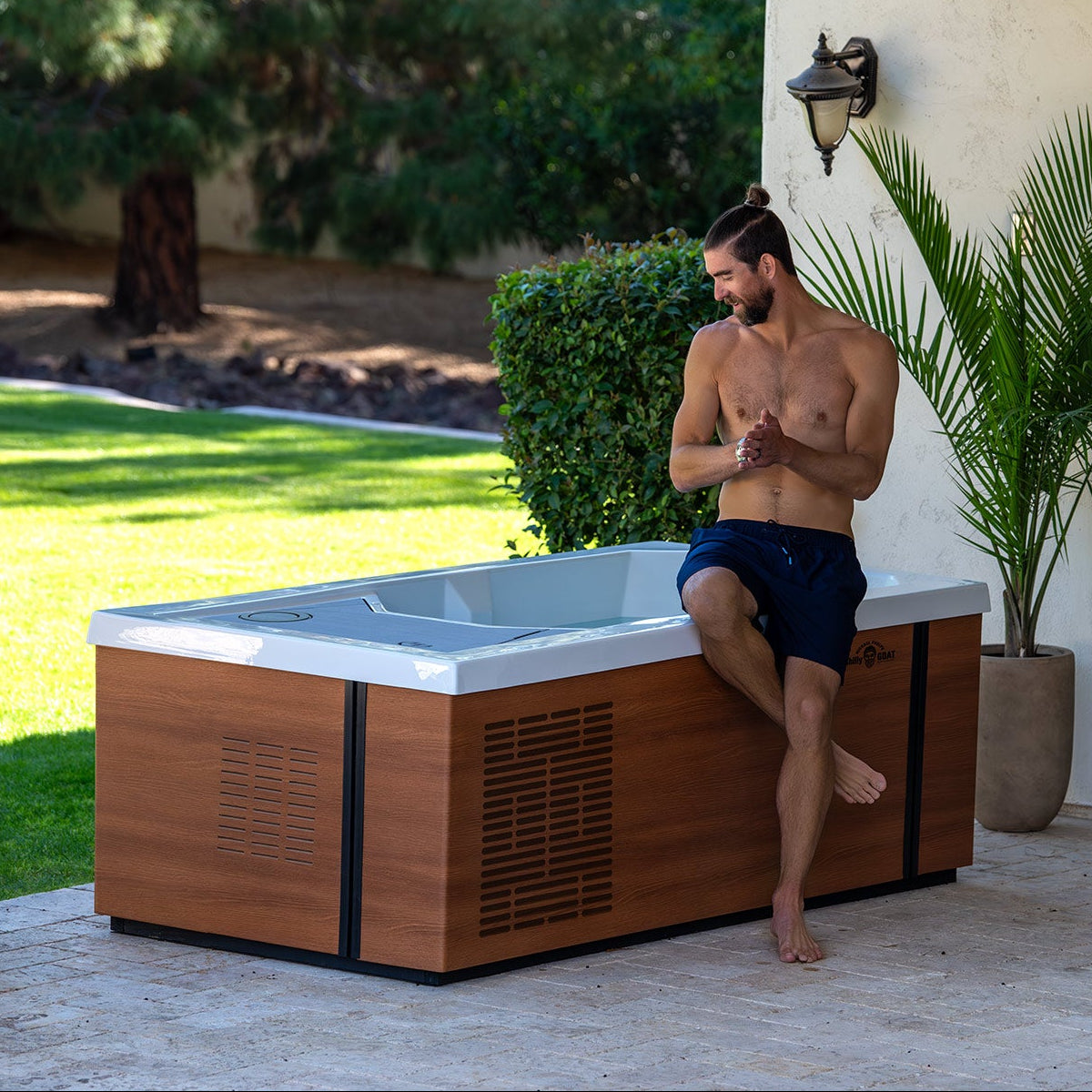
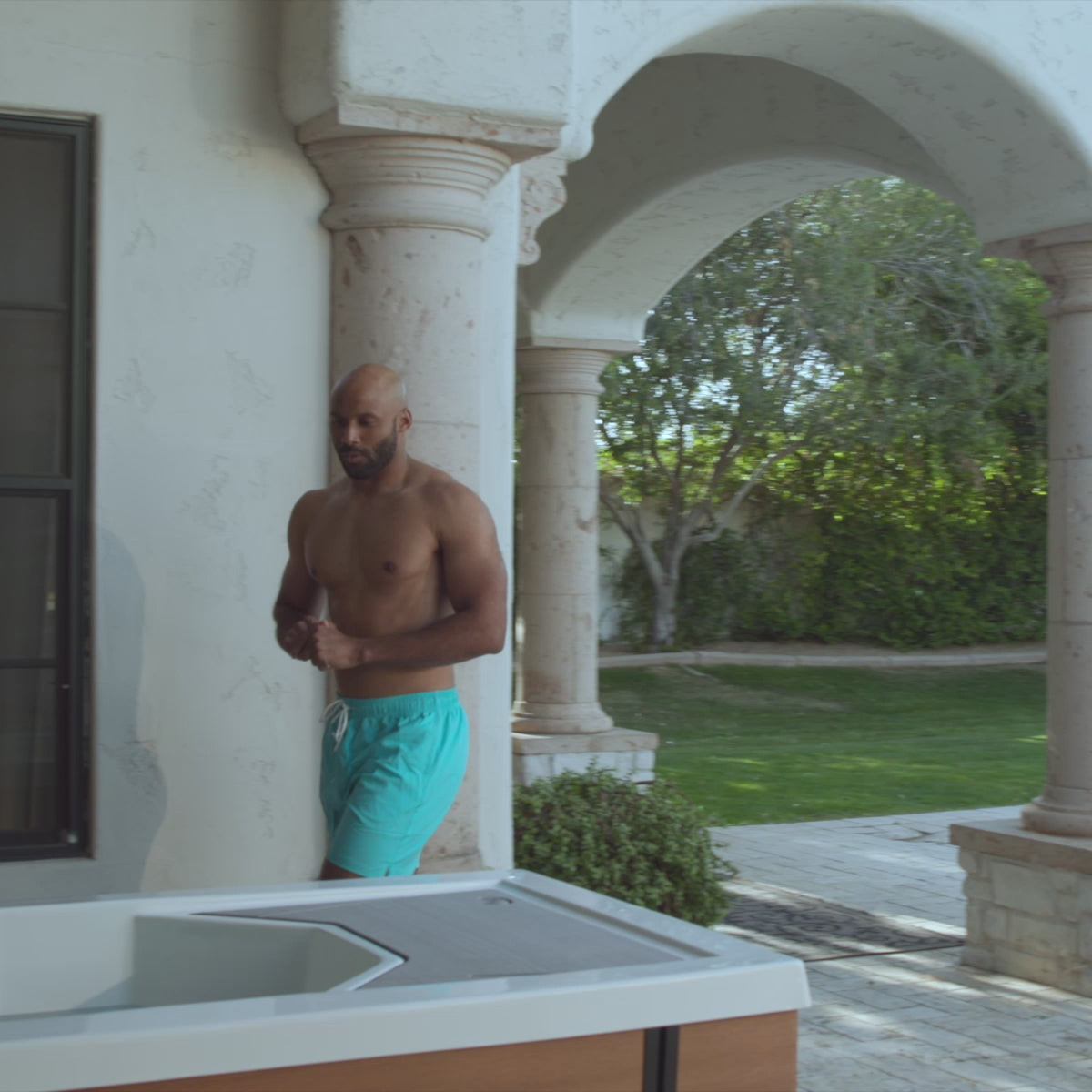



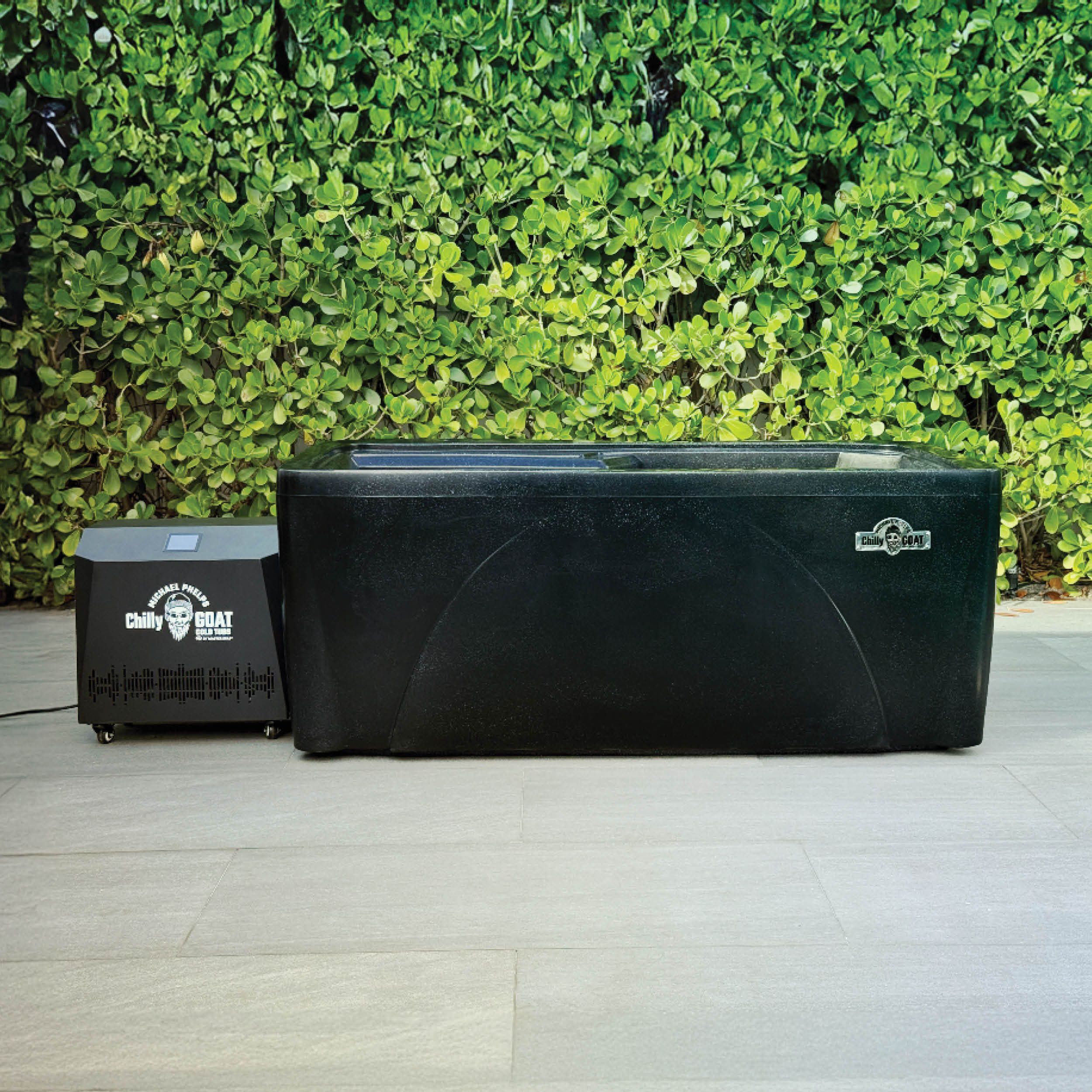
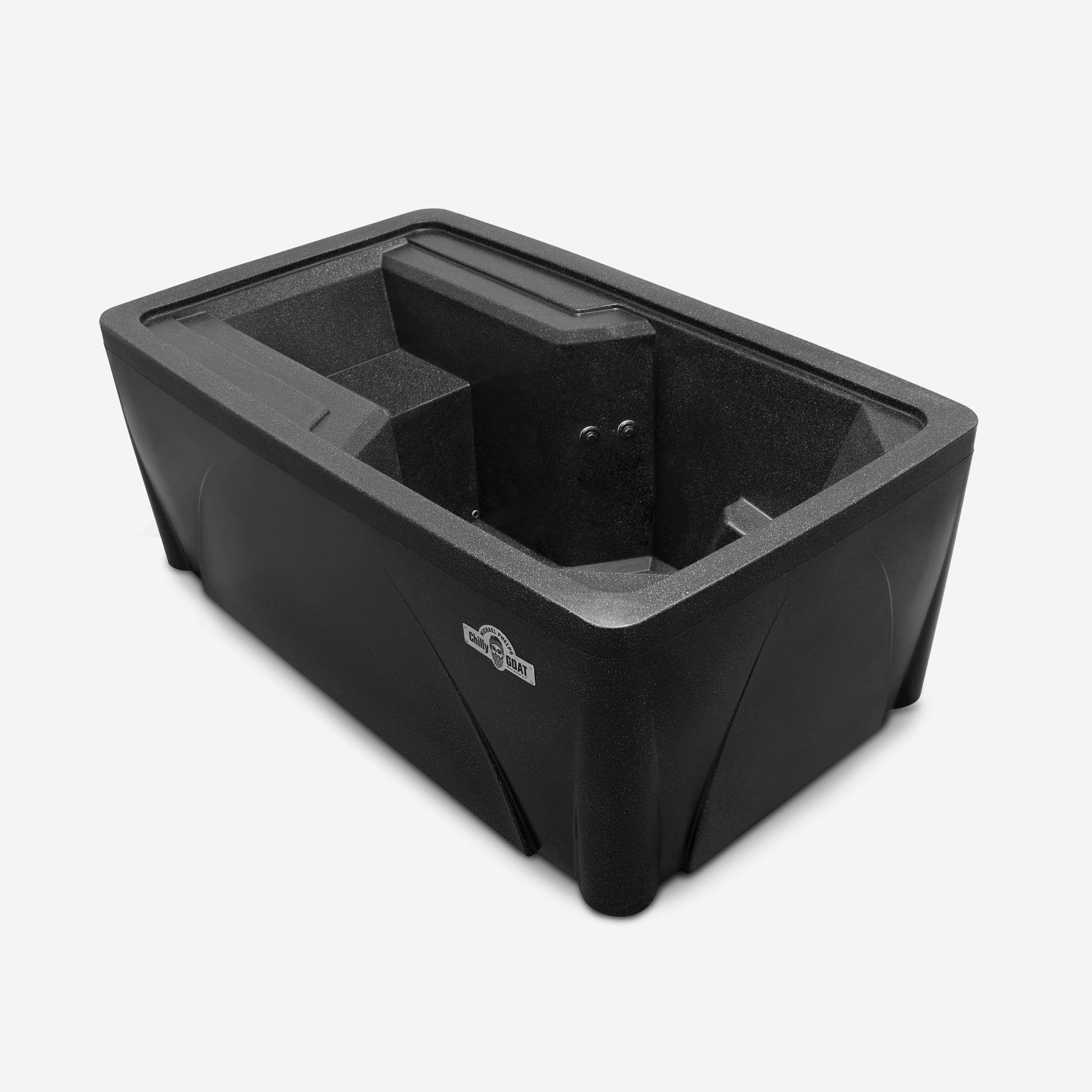
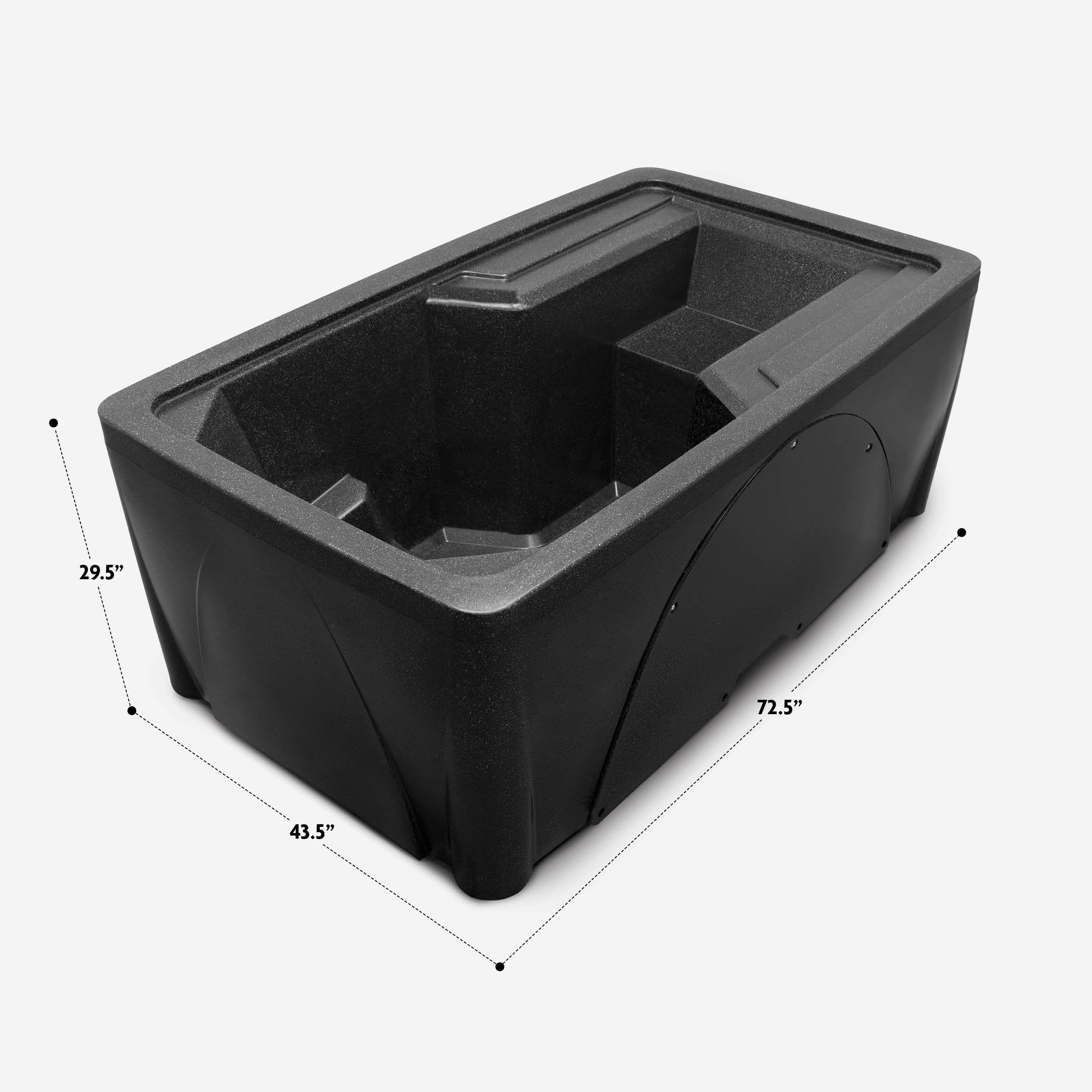
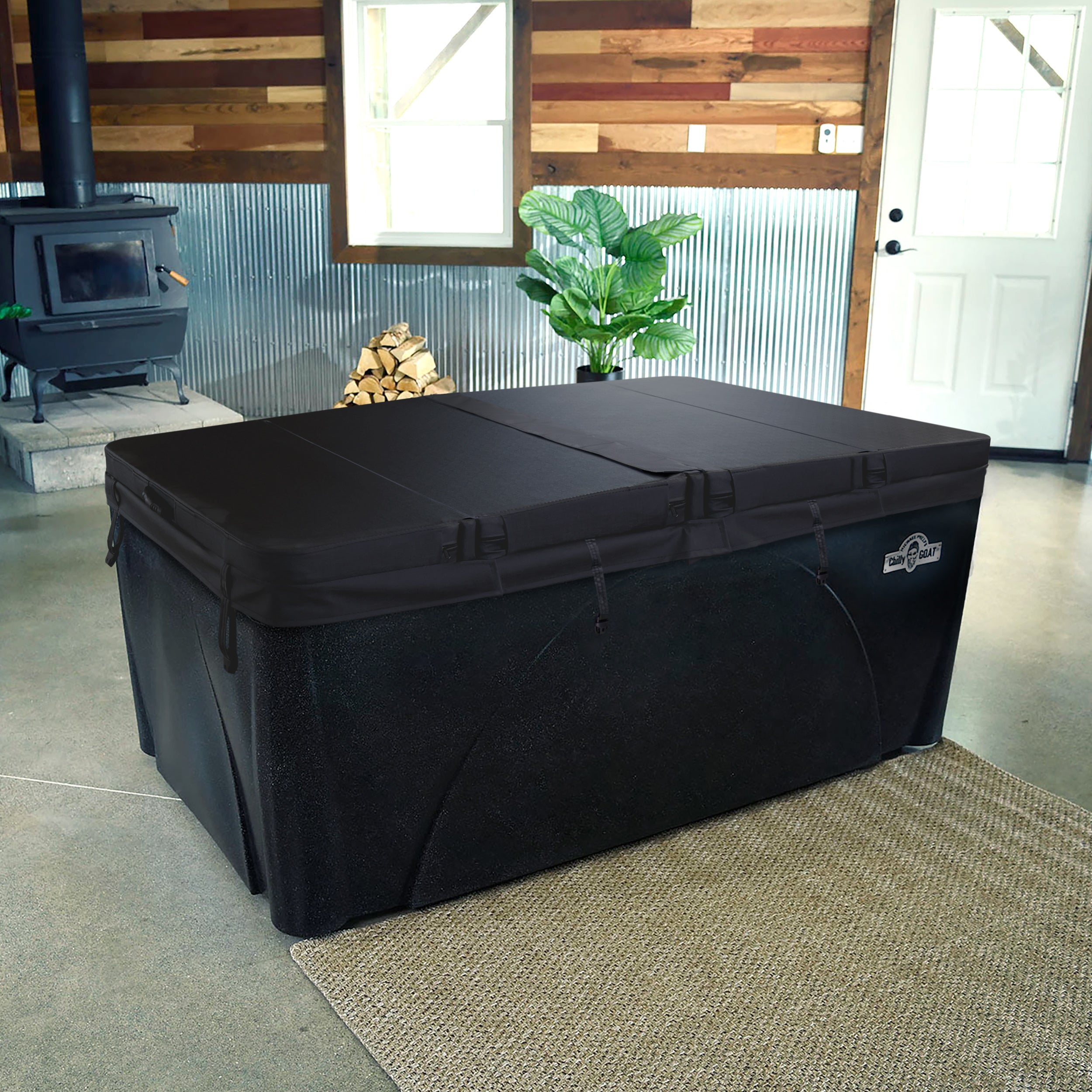
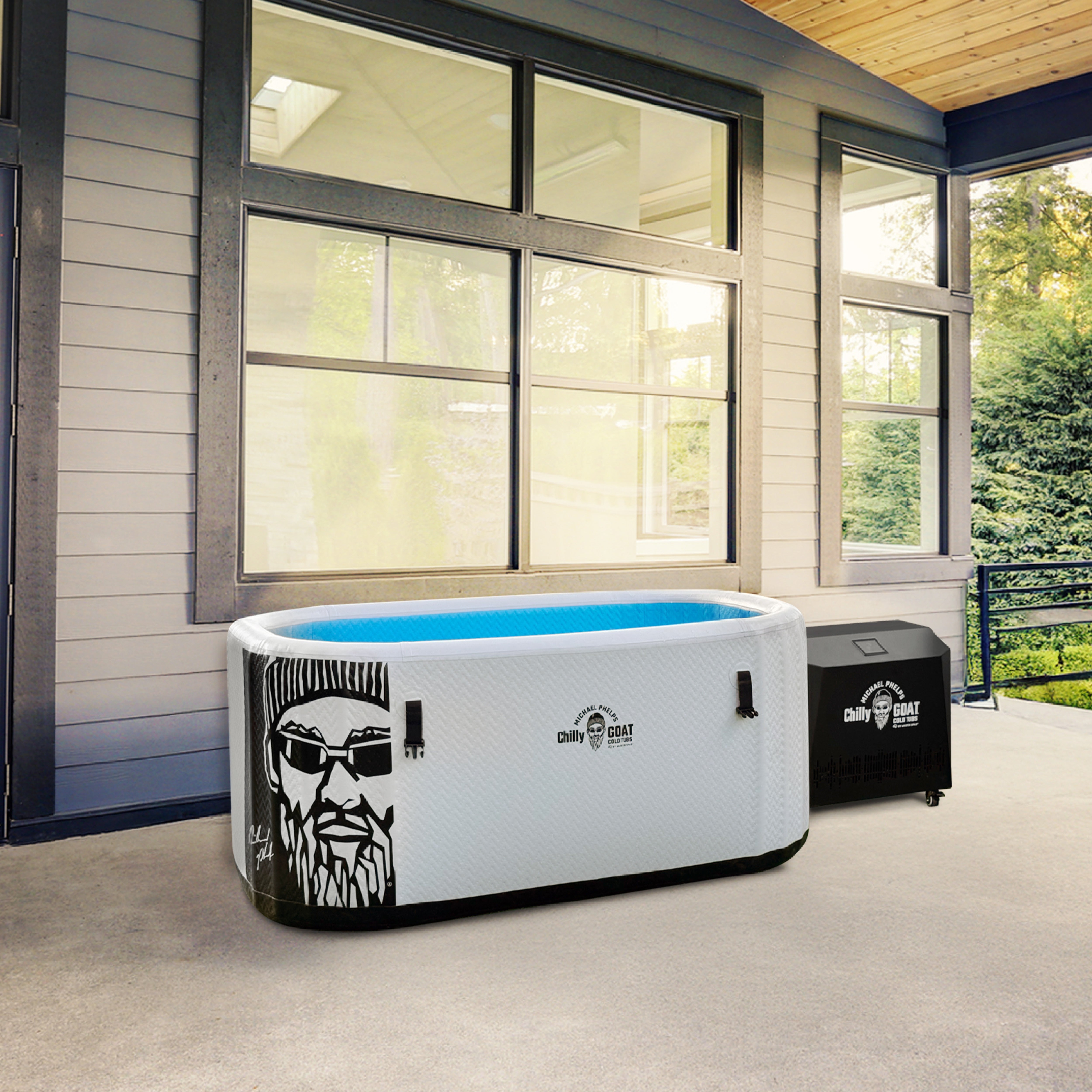
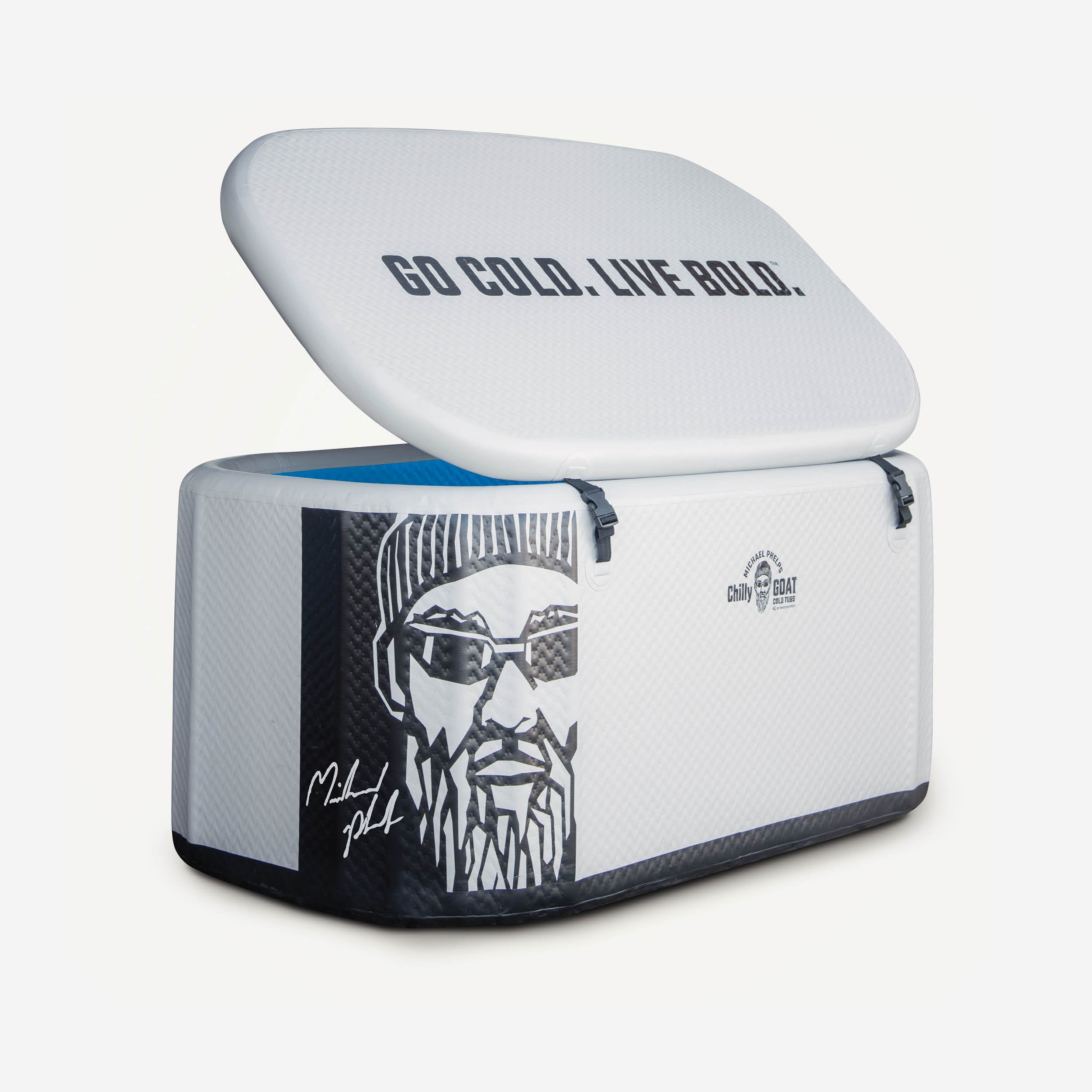
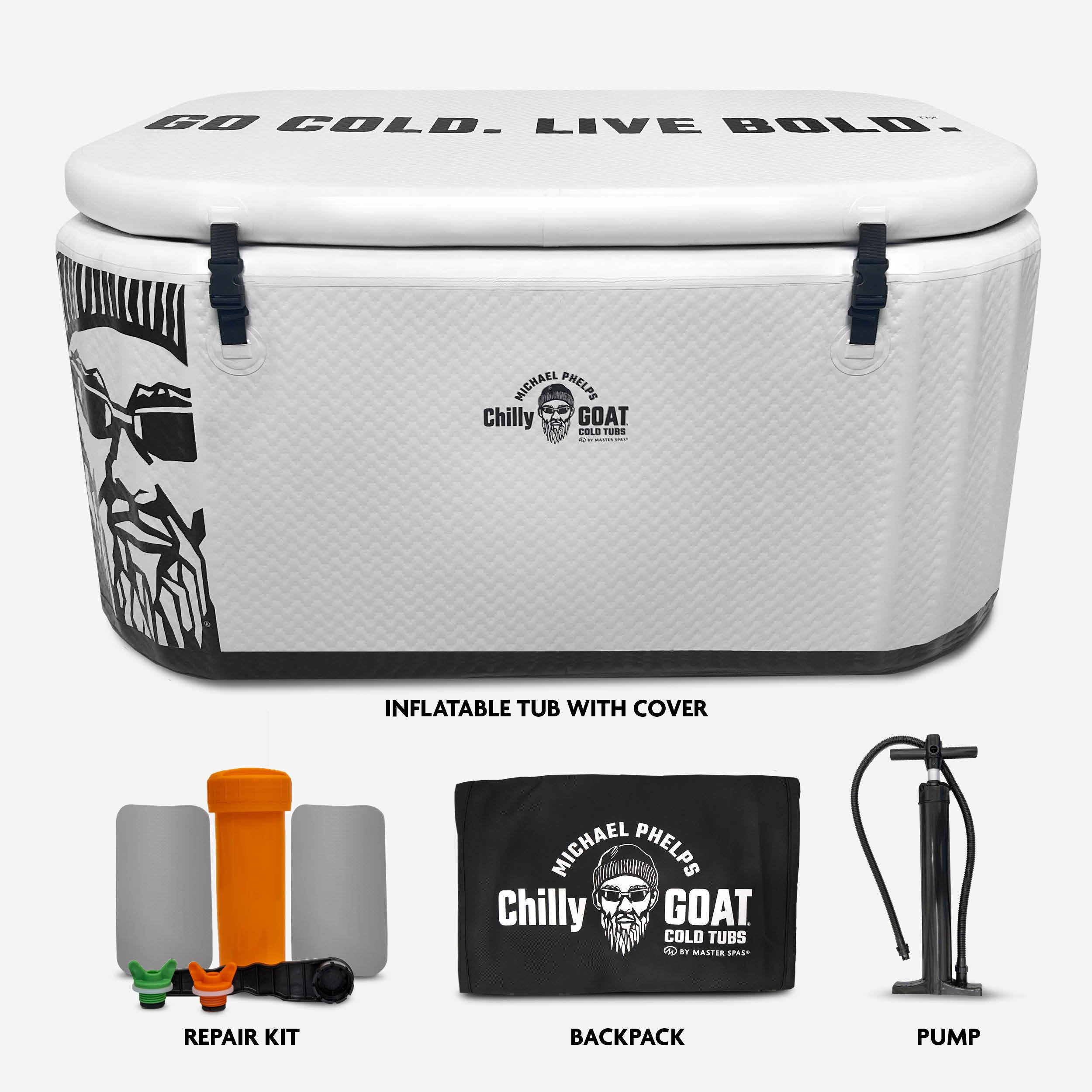
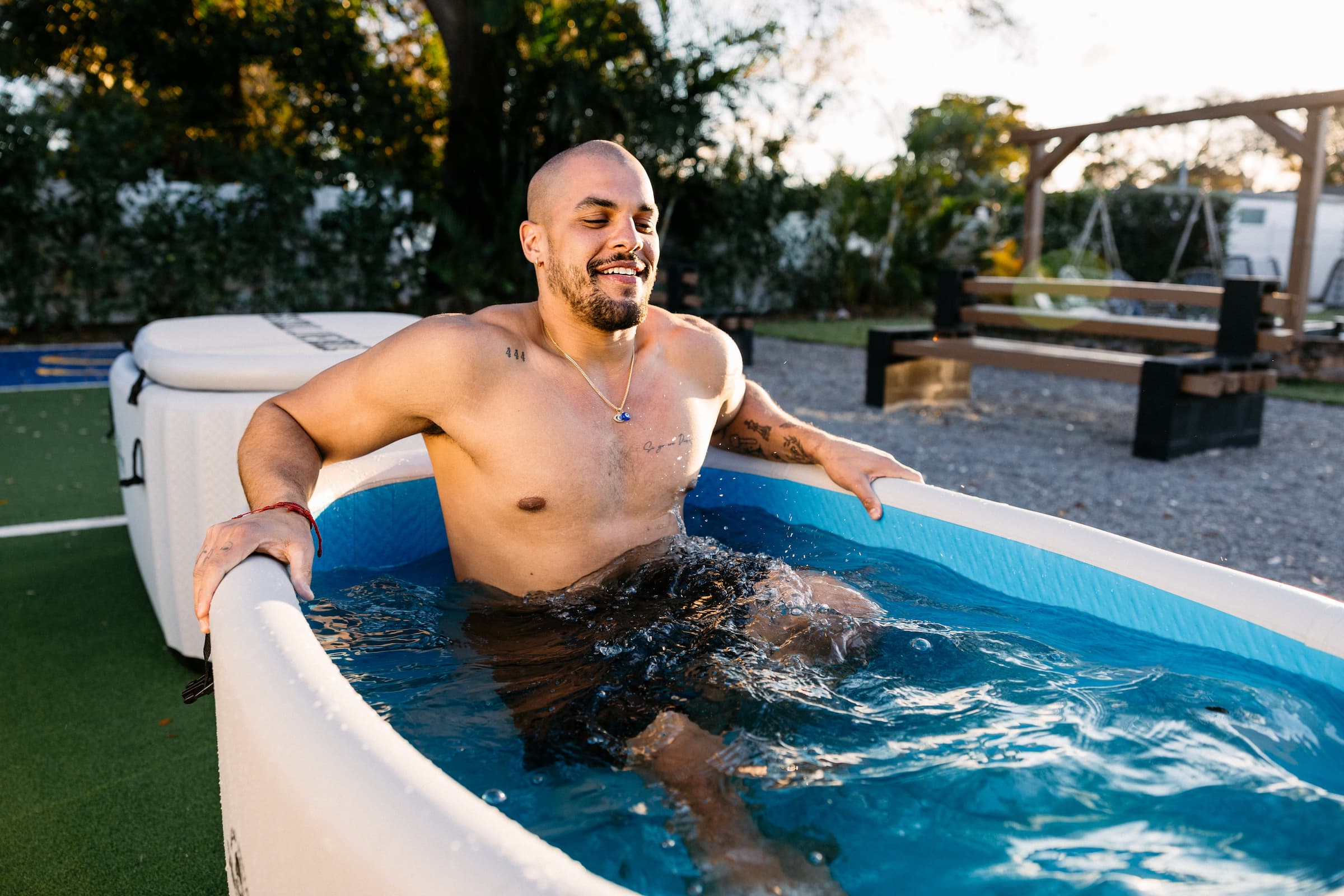
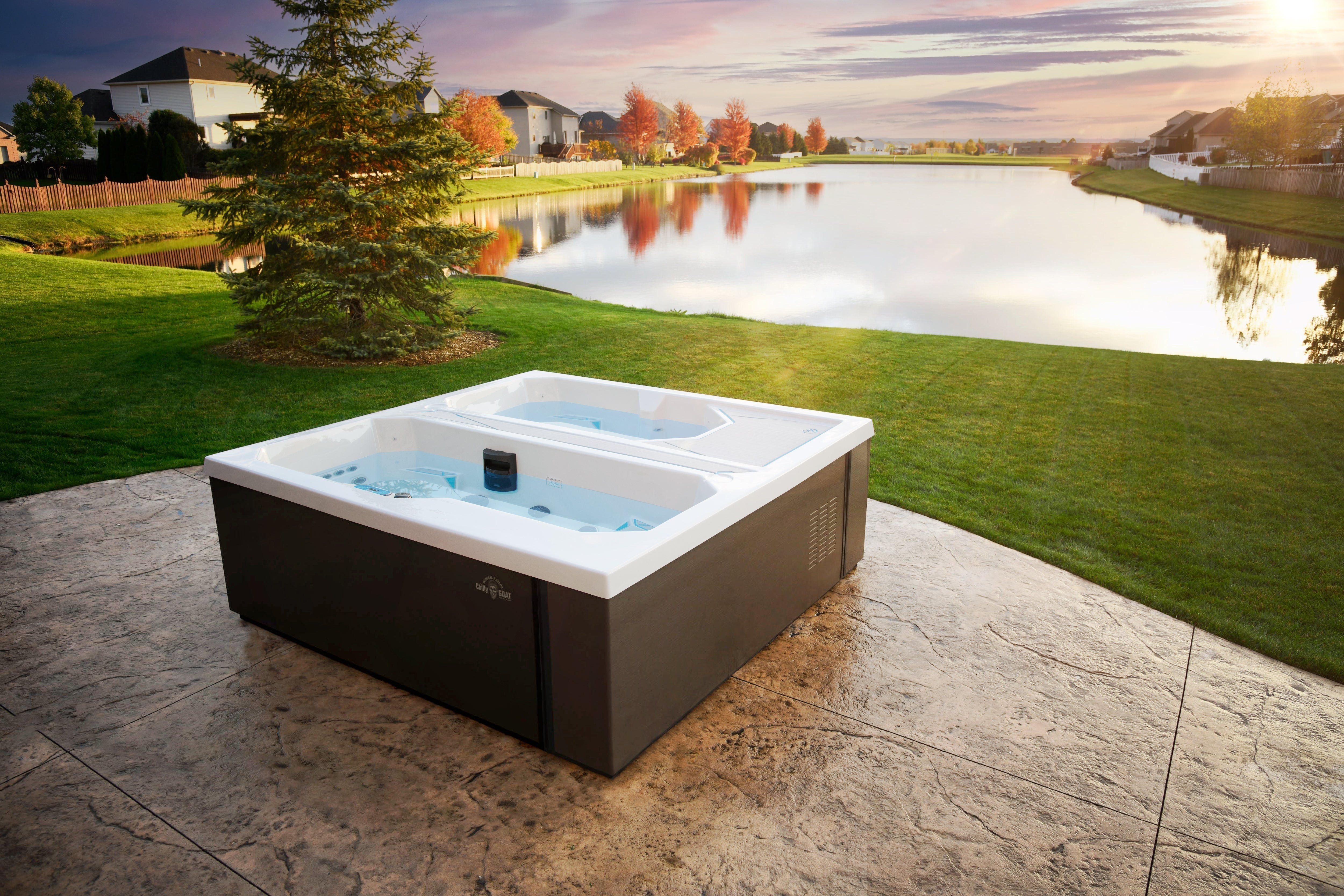
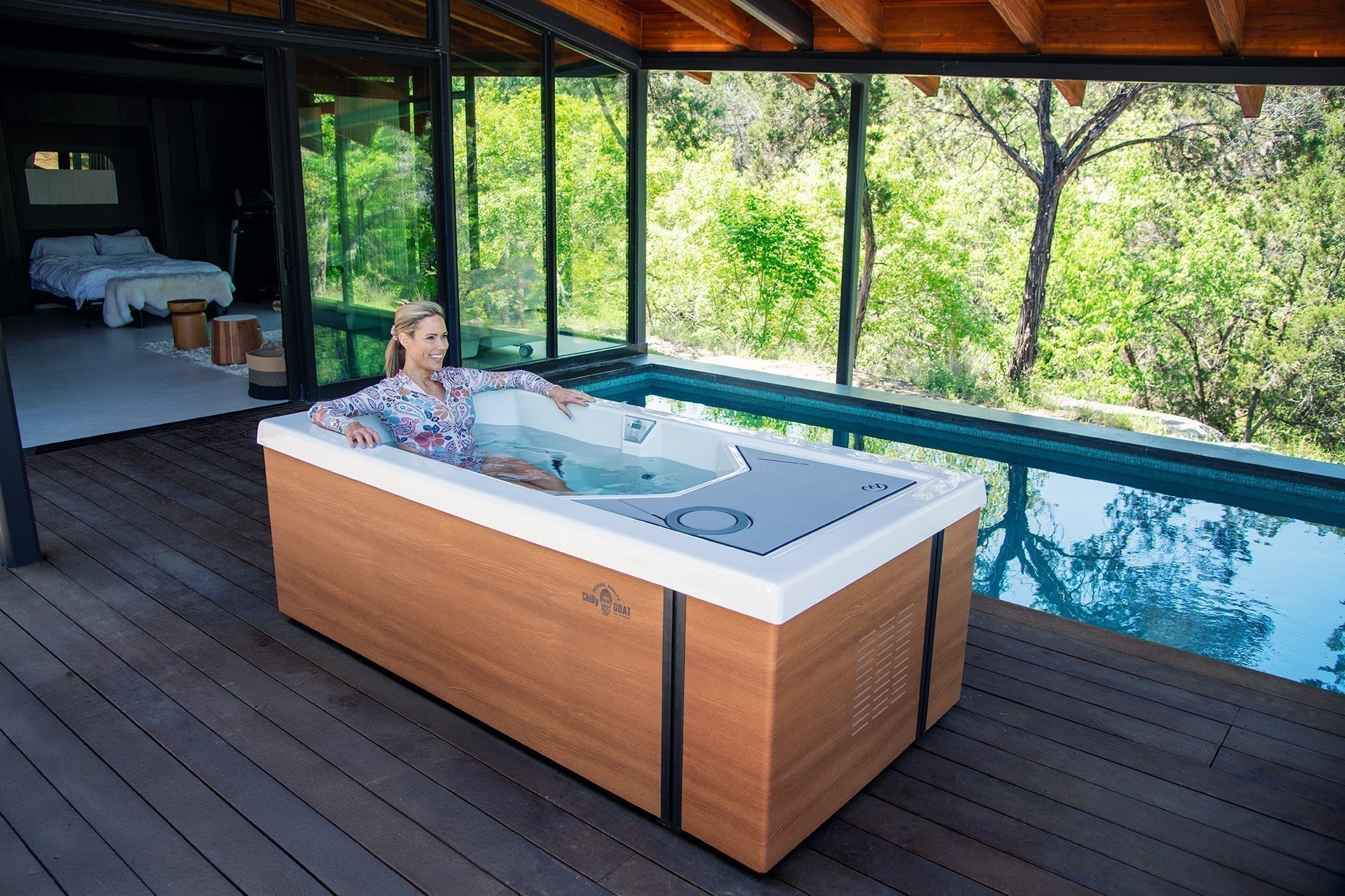
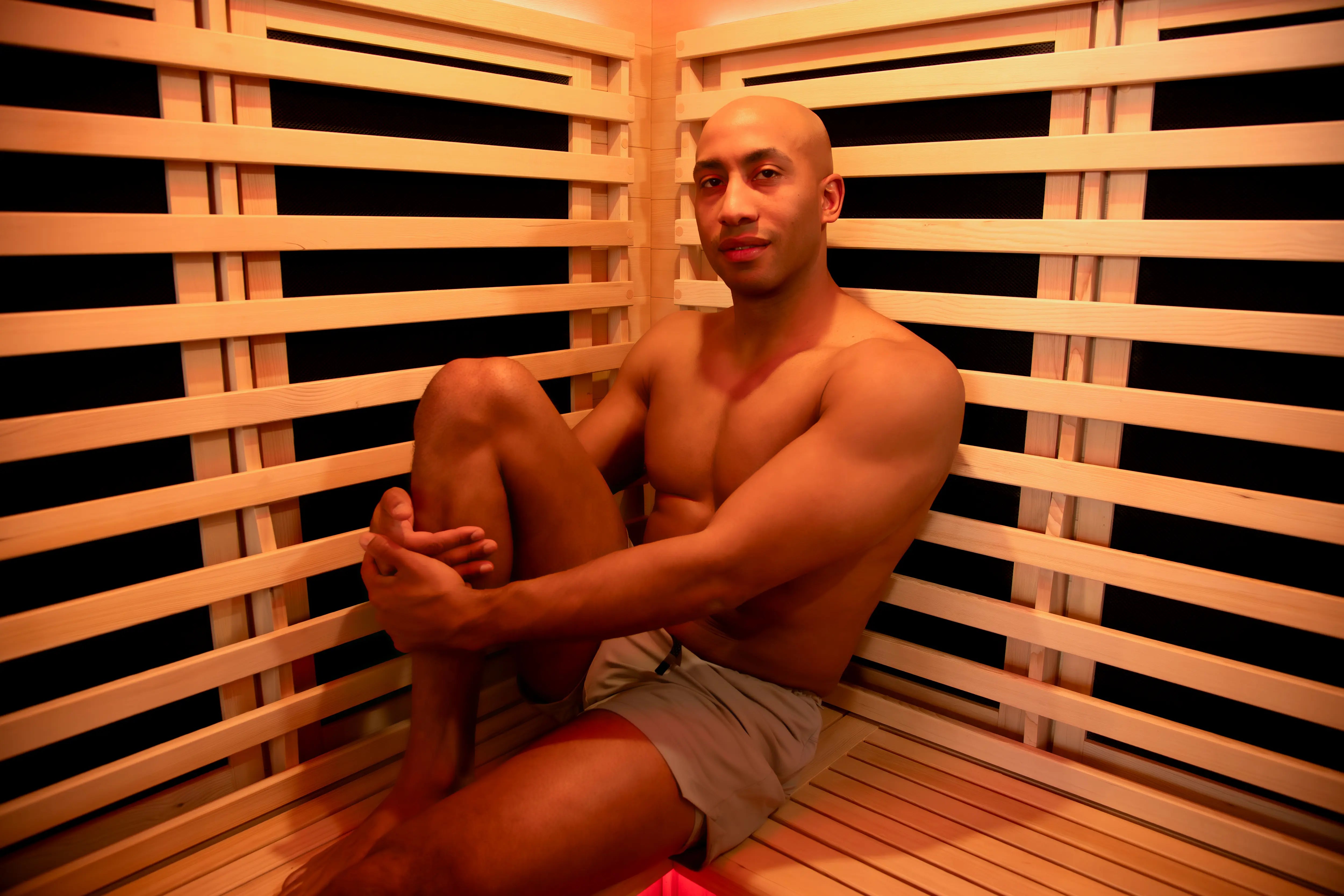
The coolest gym you have to check out in West Palm Beach
Behind the science: How cold plunges might help your cells